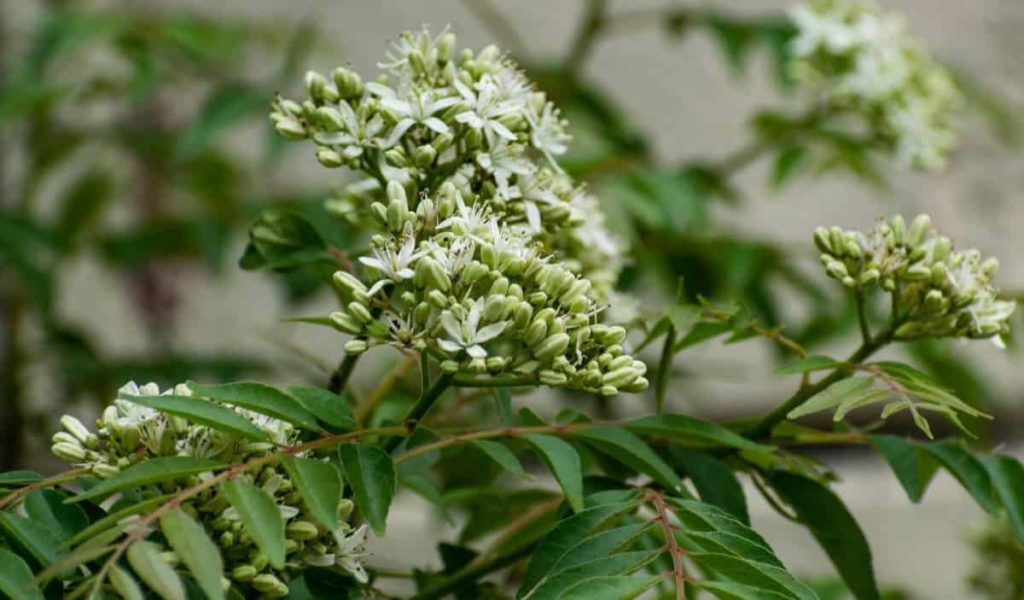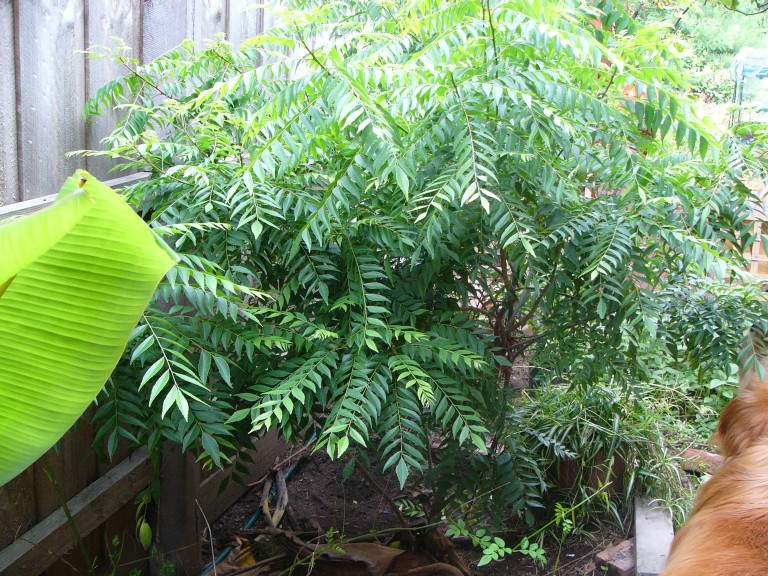Table of Content
The major thing you need to consider cut down the watering to plant until the winter season end. Curry leaf plant doesn’t get full sunlight due to winter; Due to low temperature , the major problem is for leaves. Curry leaves plants will go to a resting state in the winter season which is commonly known as winter Dormancy. To make curry leaves bushy pruning the curry leaves plant branches is one of the important things to do. If you prune the plant you will get more branches, more branches result in more leaves. Here are the steps that you can follow to get more curry leaves in your curry leaves plant.
Koenigii is typically propagated by rooting cuttings, but you can also try growing it from seed if you’re patient. In the United States, it will thrive outdoors in USDA Hardiness Zones 8-12. Dwarf and miniature plants can be grown indoors, if your climate isn’t sweet neem-friendly. Everything related to homes, gardens, flowers, plants, guidance, and gardening ideas that goes above and beyond the call of duty to delight, inform, and inspire.
Using Curry Leaf Herb
In case of seeds or a graft, Rachana says that fresh shoots should be visible in a couple of weeks. “Once the plant becomes one month old, it can get moved to a place with more sunlight. It is ideal to expose it to about six hours of sunlight in a day,” Rachana told The Better India. Alright, I was convinced that the leaves had a place in the food.

Using sharp pruners or a knife, take a three-inch part of a healthy stem with few leaves. Remove the leaves from the bottom inch of the cutting. A month or so after planting, give it a nitrogen-rich fertilizer. For the amount to use, follow the product label instructions. Do not fertilize during winter dormancy, which the tree goes through in cooler parts of the world. Plant in well-drained, fertile soil on the acidic side, with a pH between 6.4 and 6.9.
How to Start Dragon Fruit Farming/Pitaya in Thailand: A Step-by-Step Guide for Beginners
Do not apply any fertilizer to the curry leaf plant in Fall. Fertilizers force the plant to put out new leafy growth, which is very sensitive to cool air. Fertilizing the curry leaf plant late in the year will do the plant more damage than good. Wait for the last frost of the spring to pass before bringing the curry leaf plant outdoors. Once the night time temperature is consistently above 40F, it is safe to bring the curry leaf plant outside. Being a curry plant Vulnerable to the cold climate we need to take good care of the plant by exposing the plant to sufficient sunlight.

He focuses on learning and delivering knowledge on Agriculture and Home Gardening. Now place the cut end into the hole and fill the soil around the cut branch and cover it properly. Now wash your cuttings with mild broad-spectrum fungicide thoroughly.
How to Grow Kumquat from Seeds and Cuttings: Check How this Guide Helps Beginners
Because it is the base of all of the coming processes. Make sure it is flexible and healthy enough to stand. The stem should have three to four sets of leaves as well. It should be the thickness of the pencil and at least 5 inches in height. Curry leaf care is quite straightforward and even suitable for a beginner.

The curry leaf tree is a small bush or tree that only grows 13 to just under 20 feet (4 to just under 6 m.) in height. The plant is tropical to sub-tropical and produces small, fragrant, white flowers that become small, black, berry-like fruits. The fruit is edible, but the seed is poisonous and must be removed prior to use. The foliage is the real standout; it’s arranged alternately on the stem and pinnate and is comprised of many leaflets. The aromatic scent is spicy and heady and best when the leaves are fresh.
In the Spring, watering only once a week is sufficient. If the plant gets water through rain, delay watering the plant until the topsoil feels dry to touch. For the first 3 to 4 years, the plant needs to be re-potted into a bigger container each year to give the plant space to grow more roots. After that, the plant can be re-potted every other year. The Curry leaves or curry leaf tree is a very popular tree whose leaves add taste to the Indian curry foods. Pot the plant with a good potting mix, which can be well-drained.
For grafts, cut out a small branch or a twig, peel slightly at the bottom, dip it in rooting hormone powder and plant it inside the pot. “The curry plant is sensitive to extreme heat and may not attain a maximum growth during the period,” she adds. Kristine Lofgren is a writer, photographer, reader, and gardening lover from outside Portland, Oregon. She was raised in the Utah desert, and made her way to the rainforests of the Pacific Northwest with her husband and two dogs in 2018. Her passion is focused these days on growing ornamental edibles, and foraging for food in the urban and suburban landscape. The second method means cutting off branches every two months during the growing season.
“One can get a sapling from a nearby nursery, buy seeds or even make a graft from an existing plant,” Rachana said. Was about 20 years of age when I visited Hyderabad with my cousins for a short vacation in 2008. During my four-day stay, I was intrigued to see almost all food items being served with curry leaves. On the third day, to my intense surprise, even a ‘Manchurian’ my cousin ordered came cooked in curry leaves! “Curry leaves are essential, and used in all South Indian dishes,” my aunt explained to us, following our shocked reactions. As I learned, besides adding flavour or the visual aesthetic to the food, curry leaves have many health benefits as well.
They will need a warm area of at least 68 degrees Fahrenheit (20 C.) to germinate. Growing curry leaf tree from seed is not an easy task because germination is fickle. To grow a curry leaf plant in the USA, you will need to start with a seedling or young plant. You can find these at your local nursery or online. Once you have your plant, it is important to choose a location that gets plenty of sunlight and has well-drained soil.
Curry leaf can be used to mix into the dough when baking naan or whole wheat bread. One of the easiest ways to use the leaves is to put them in a dish whole to add some zing. I like to add leaves to tortilla soup for a citrusy hint of flavor. Place them in a single layer on a screen and put the leaves in a protected area with good air circulation until they are crisp and dry. Anything in the high 50s and below can send the plant into dormancy. If you encounter resistance, adjust the stake position and try again, to avoid damaging the larger roots.
Use well-drainable acidic soil, potting mix, or cocopeat for the selection of soil for the container. Before putting in soil dip the stem in rooting hormone for better growth of roots. Fry the leaves which you have plucked from the plant. This will not only increase their smell but also will increase the chances to preserve.
Watering the Curry Leaf Plant:
There is no difference between the leaves of the curry plant and the leaves of the curry tree. Curry leaves have been used for hundreds of years in India and other countries to treat various medical conditions. It is known that eating curry leaves is very beneficial to the health of the body. It has anti-inflammatory and antiseptic properties. Therefore, they can be used as a remedy for treating a number of skin conditions, including eczema, psoriasis, and poison ivy.
Dry the leaves if you want to sprinkle them on your food later on. Let the herbs cook for 30 minutes before flipping them over with a pair of tongs. Leave the herbs in the oven for another hour to dry them. Once they’re dried out, crumble the leaves into a jar and seal them tightly. Unlike bay leaves, you can leave curry leaves in your dish and eat them when they’re finished cooking.

No comments:
Post a Comment